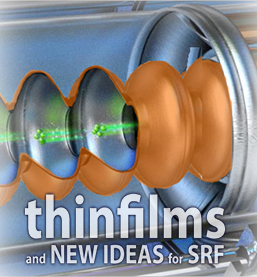Speaker
Description
A.Ö. Sezgin1, M. Vogel1, B.R. Lakki Reddy Venkata1, A. Akter1, X. Jiang1, I. Gonzales Diaz-Palacio2, R. Zierold2
1 University of Siegen, Institute of Materials Engineering, Siegen, Germany
2 University of Hamburg, Center for Hybrid Nanostructures (CHyN), Hamburg, Germany
Keywords: SRF cavities, superconducting NbN thin films, multilayer, SIS, magnetron sputtering
In order to obtain more sustainable next generation compact particle accelerators, overcoming the limitations set by the existing bulk niobium SRF cavities is crucial. One of the promising candidates to push the limits of the bulk niobium cavities are thin film-based multilayer structures in the form superconductor-insulator-superconductor (SIS).
On the path towards formulating optimized coating recipes, the research focuses on innovating the best performing multilayer structures, consisting of alternating NbN superconducting thin films with metal oxide (e.g., AlxOy) as well as AlN insulating layers produced by means of (PE)-ALD and magnetron sputtering techniques with industrial upscaling potential. This contribution shows first results of the above-mentioned multilayer systems on flat samples characterized mainly by SEM, EDX and XRD.
Acknowledgements
This research is funded by the Federal Ministry of Education and Research of Germany in the framework of SMART (project number 05K19PSA).
Part of this work was performed at the Micro- and Nanoanalytics Facility (MNaF) of the University of Siegen.

